Home>Furniture>Outdoor Furniture>When To Pick Patio Baby Eggplant
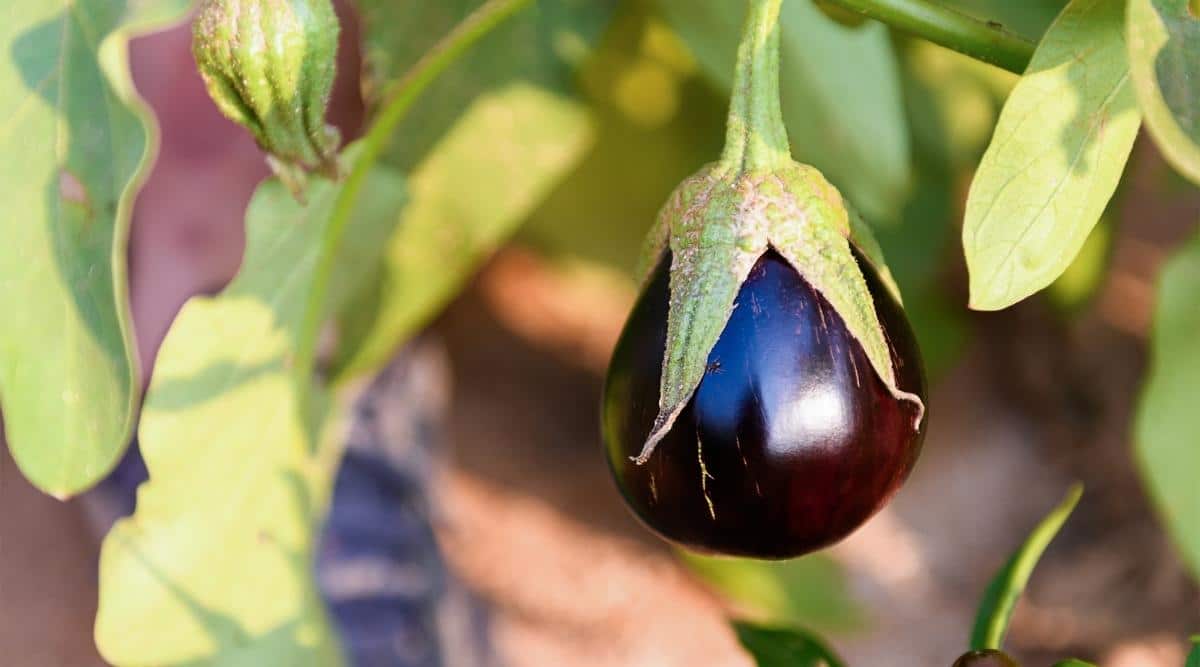

Outdoor Furniture
When To Pick Patio Baby Eggplant
Modified: March 7, 2024
Learn when to pick patio baby eggplant and enhance your outdoor-furniture collection. Discover the perfect time to harvest these petite and flavorful eggplants for your garden.
(Many of the links in this article redirect to a specific reviewed product. Your purchase of these products through affiliate links helps to generate commission for Storables.com, at no extra cost. Learn more)
Introduction
When it comes to enhancing your outdoor living space, patio furniture plays a pivotal role. Not only does it provide a comfortable and inviting area for relaxation and entertainment, but it also adds a touch of style and personality to your outdoor décor. Whether you have a spacious deck, a cozy balcony, or a quaint patio, investing in high-quality outdoor furniture can transform any outdoor space into a haven of comfort and luxury.
However, choosing the right outdoor furniture can be a daunting task. With so many options available in the market, it’s important to consider various factors before making a decision. In this article, we will explore the key factors that you need to consider when selecting outdoor furniture, ensuring that you make an informed choice that perfectly suits your style and needs.
Key Takeaways:
- Choose outdoor furniture that fits your style, withstands weather, and meets your needs for a comfortable and inviting outdoor space.
- Harvest patio baby eggplants when they are small, firm, and vibrant in color, and store them in a cool, well-ventilated area for best flavor and freshness.
Read more: How Big Do Patio Baby Eggplants Get
Factors to Consider
1. Weather Resistance: One of the most important factors to consider when selecting outdoor furniture is its ability to withstand the elements. Outdoor furniture is exposed to harsh weather conditions, including intense sunlight, rain, humidity, and even snow. Look for furniture made from weather-resistant materials such as teak, aluminum, or resin wicker, as they are known for their durability and longevity.
2. Comfort and Ergonomics: Outdoor furniture should not only be aesthetically pleasing but also comfortable and ergonomic. Choose furniture with well-padded cushions, adjustable seating positions, and ergonomic designs that offer optimal support to ensure maximum comfort during prolonged outdoor gatherings or lounging sessions.
3. Style and Design: Outdoor furniture should complement your overall outdoor aesthetic and blend seamlessly with your surroundings. Consider the architectural style of your home and the existing color palette of your outdoor space. Choose furniture with designs and finishes that align with your personal style, whether it’s modern, rustic, classic, or eclectic.
4. Functionality and Versatility: Think about how you will use your outdoor space and choose furniture that meets your specific needs. If you love hosting outdoor dinner parties, opt for dining sets with ample seating and a spacious table. If relaxation is your priority, consider lounge chairs, hammocks, or even a cozy outdoor sofa. Additionally, look for furniture with modular or convertible features that can adapt to different occasions.
5. Maintenance and Durability: Outdoor furniture requires regular maintenance to keep it in good condition. Consider the level of maintenance required for the furniture you are considering and ensure that you are willing to invest the time and effort to preserve its longevity. Look for furniture with easy-to-clean materials and rust-resistant finishes, as they will save you both time and money in the long run.
6. Budget: Set a budget before you start shopping for outdoor furniture to avoid overspending. Quality outdoor furniture can be a long-term investment, so it’s important to strike a balance between quality and price. Consider the lifespan of the furniture, as spending a little more on high-quality, durable pieces can save you money in the long term.
By considering these important factors, you can make an informed decision when choosing outdoor furniture. Remember that investing in high-quality outdoor furniture will not only enhance the visual appeal of your outdoor space but also provide comfort and enjoyment for years to come. So, take your time, explore various options, and create an outdoor living space that reflects your personal style and offers a welcoming haven for relaxation and entertainment.
Key Takeaways:
- Choose outdoor furniture that fits your style, withstands weather, and meets your needs for a comfortable and inviting outdoor space.
- Harvest patio baby eggplants when they are small, firm, and vibrant in color, and store them in a cool, well-ventilated area for best flavor and freshness.
Read more: How Big Do Patio Baby Eggplants Get
Factors to Consider
When selecting outdoor furniture, there are several important factors to consider to ensure that you make the right choice. From the size and design to the materials and functionality, each aspect plays a crucial role in determining the overall comfort, durability, and aesthetic appeal of your outdoor space. Let’s explore these factors in more detail:
1. Size and Space: Before purchasing outdoor furniture, it’s essential to assess the available space in your outdoor area. Consider the dimensions of your patio, deck, or balcony, and measure the area where you plan to place the furniture. This will help you determine the appropriate size of furniture that fits comfortably without overcrowding the space.
2. Style and Design: Outdoor furniture comes in a variety of styles and designs to suit different preferences and outdoor aesthetics. Consider the overall style of your home and outdoor area to choose furniture that complements the existing decor. Whether you prefer a modern, traditional, or rustic look, selecting furniture that aligns with your personal style will create a cohesive and visually pleasing outdoor space.
3. Materials: The type of materials used in outdoor furniture significantly impacts its durability, maintenance, and appearance. Common materials include wicker, teak, aluminum, wrought iron, and plastic. Each material has its own advantages and considerations. Wicker offers a natural look and is lightweight, while teak is known for its durability and resistance to weather conditions. Aluminum is lightweight and easy to clean, and wrought iron provides a classic and sturdy option. Consider the weather conditions and maintenance requirements when choosing the material for your outdoor furniture.
4. Comfort: Outdoor furniture should not only be visually appealing but also provide comfortable seating. Look for furniture with well-cushioned seats and backrests, and consider options with adjustable features such as reclining chairs or chaise lounges. Additionally, choose furniture with ergonomic designs that provide proper support and promote relaxation during outdoor gatherings or lounging sessions.
5. Functionality: Consider how you plan to use your outdoor space and select furniture that serves your specific needs. If you enjoy hosting outdoor dinner parties, a dining set with ample seating and a spacious table is essential. Lounge chairs or outdoor sofas are great for relaxation and lounging, while hammocks or swinging benches provide a cozy and tranquil retreat. Additionally, consider furniture with additional storage options or built-in features that enhance the functionality of your outdoor space.
6. Maintenance: Outdoor furniture requires regular maintenance to ensure its longevity. Consider the level of maintenance you are willing to undertake and choose furniture that aligns with your preferences. Some materials may require occasional cleaning or protective treatments, while others may need more frequent attention. It’s important to select furniture that you can comfortably maintain to keep it looking its best.
7. Budget: Lastly, set a budget for your outdoor furniture. Determine the amount you are willing to spend and stick to it while considering the quality, durability, and features of the furniture. Investing in high-quality pieces may cost more initially but can save you money in the long run, as they tend to last longer and withstand the elements better.
By considering these key factors, you can make an informed decision when selecting outdoor furniture that meets your practical needs, complements your outdoor aesthetics, and ensures comfort and enjoyment for years to come. So take your time, explore different options, and create an inviting outdoor space that reflects your personal style and enhances your outdoor living experience.
Size and Color
When selecting outdoor furniture, considering the size and color is essential to ensure that the pieces harmoniously fit in your outdoor space and align with your desired aesthetic. The right size of furniture will both accommodate your needs and provide a visually pleasing arrangement, while the color scheme can evoke specific moods and enhance the overall atmosphere. Let’s explore these factors in more detail:
Size: The size of your outdoor furniture should be proportionate to the available space. Start by measuring the area where you plan to place the furniture, considering not only the length and width but also the height. This will prevent overcrowding or underutilizing your outdoor space. Additionally, factor in the number of people you plan to accommodate. If you frequently host large gatherings, opt for furniture with ample seating and a spacious dining table. Conversely, if you have a smaller outdoor area, consider more compact furniture or modular pieces that can be easily rearranged to maximize the space.
Function and Layout: Consider how you plan to use your outdoor space and choose furniture that suits your intended purpose. If you enjoy dining al fresco, a dining set with a table and chairs that comfortably accommodate your guests is essential. For lounging and relaxation, outdoor sofas, chaise lounges, or hammocks can provide utmost comfort. Thoughtfully arrange the furniture to create separate zones for different activities, such as lounging, dining, or entertaining. This will optimize the functionality of your outdoor space and create a welcoming atmosphere.
Color: The choice of color is a crucial aspect of outdoor furniture selection, as it sets the tone and mood of your outdoor space. Consider the existing color palette of your outdoor area, including the exterior of your home, plants, and other decorative elements. Aim for a cohesive look by selecting furniture colors that complement or harmonize with the surroundings. Neutral colors such as white, gray, or beige create a timeless and elegant look, while brighter colors like blue, green, or orange can add a playful and vibrant touch. Pay attention to the finish as well, as it can affect the overall color appearance. For example, a matte finish creates a more subdued tone, while a glossy finish adds depth and shine.
Color psychology: Keep in mind that different colors evoke different emotions and moods. Blues and greens, for instance, are calming and often associated with nature, creating a serene and relaxing atmosphere. Warm colors like reds and oranges can stimulate conversation and energy, making them suitable for socializing areas. Consider the intended purpose of your outdoor space and the atmosphere you want to create when choosing the color scheme. You can also mix and match colors, using contrasting or complementary shades to add visual interest and personality to your outdoor area.
Texture and Materials: Texture can also play a significant role in the visual appeal of outdoor furniture. Consider the texture and materials of the furniture to ensure they align with the overall style and feel of your outdoor space. Wicker and rattan furniture can add a natural and rustic touch, while metal or glass surfaces can bring a contemporary and sleek look. Additionally, consider the texture and comfort of the cushions or upholstery, as they can enhance both the aesthetic and comfort of the furniture.
By carefully considering the size and color of your outdoor furniture, you can create a harmonious and visually appealing outdoor space that reflects your personal style. Take measurements, envision the layout, and choose colors that best complement your surroundings and desired atmosphere. With the right size and color selection, your outdoor furniture will not only offer comfort and functionality but also become a stunning focal point in your outdoor oasis.
Harvesting Methods
When it comes to growing your own vegetables or fruits, knowing the proper harvesting methods is crucial to ensure the best flavor and quality of your harvest. This holds true for outdoor plants such as patio baby eggplants. By following the right techniques, you can enjoy the bountiful and delicious harvest that these small eggplants have to offer. Let’s explore some essential methods for harvesting patio baby eggplants:
1. Inspecting the Eggplants: Before harvesting, carefully inspect the patio baby eggplants to ensure they have reached an appropriate size and color. These eggplants are typically small and elongated, around 2-4 inches in length. Check for a glossy, smooth skin, firm texture, and vibrant color. Remember, immature or overripe eggplants may not have the ideal taste and texture.
2. Using Pruning Shears or Knife: To harvest patio baby eggplants, it’s best to use pruning shears or a sharp knife to cut the stem just above the fruit. Avoid pulling or twisting the eggplants, as it may cause damage to the plant. Make clean, diagonal cuts to minimize the risk of infection and ensure proper healing for the plant.
3. Harvesting Timing: Knowing the right time to harvest is essential. Patio baby eggplants should be harvested when they reach the desired size and color but before they become overripe. Regularly monitor the eggplants’ growth and colors, and aim to harvest them when they are still firm and vibrant. Harvesting at the right time will ensure optimal flavor and prevent the eggplants from becoming tough or bitter.
4. Continual Harvesting: As the name suggests, patio baby eggplants are harvested while they are still small. However, it’s important to note that the plant will continue to produce more eggplants, allowing for multiple harvests throughout the growing season. By continually harvesting mature patio baby eggplants, you encourage the plant to produce new ones. This helps maintain plant health and prolongs the harvest period.
5. Handling with Care: To avoid bruising or damaging the patio baby eggplants, handle them with care during and after harvesting. Place them gently in a basket or container, taking care not to stack them too tightly. If the eggplants are jostled or squeezed, they can become easily damaged, affecting their quality and storage potential.
6. Storage: If you are not using the harvested patio baby eggplants immediately, proper storage is necessary to maintain their freshness and flavor. Place them in a cool, well-ventilated area away from direct sunlight. Avoid storing them in the refrigerator alongside fruits that release ethylene gas, as this can accelerate ripening and spoilage. Use the harvested eggplants within a few days for the best taste and quality.
By following these harvesting methods, you can enjoy a successful harvest of patio baby eggplants. Remember to diligently inspect the eggplants, use the appropriate tools for harvesting, and time your harvests correctly. With careful handling and storage, you can savor the delicious flavors of these small, tender eggplants in your favorite culinary creations.
Patio Baby Eggplants should be picked when they are small, shiny, and firm to the touch. Avoid picking them if they are dull in color or have soft spots.
Read more: When To Use A Humidifier For Baby
Signs of Ripeness
Determining the ripeness of patio baby eggplants is essential for harvesting at the peak of their flavor and texture. These miniature eggplants go through various stages of development before they are ready to be harvested. By knowing the signs of ripeness, you can ensure that you pick them at the perfect time. Here are some key indicators to look for:
1. Size: Patio baby eggplants are typically small, ranging from 2 to 4 inches in length. As they grow, monitor their size to determine when they have reached their desired size. Harvest them when they are at the appropriate size for consumption.
2. Color: The color of the patio baby eggplants is an important indicator of their ripeness. Initially, they have a green hue, but as they mature, their color transitions to a deep shade of purple, dark purple, or even black. Look for a vibrant and consistent color across the skin of the eggplants. Avoid harvesting them when they are still mostly green, as they may not have developed their full flavor.
3. Texture: A ripe patio baby eggplant should have a smooth and firm texture. Gently press your finger against the skin to check for firmness. Avoid harvesting ones that are too soft, as they may be overripe and have a mushy texture. Similarly, avoid ones that are too hard, as they may not have reached their optimal ripeness.
4. Shine: Ripe patio baby eggplants have a glossy and shiny skin. Assess the skin’s appearance for a healthy shine and avoid picking dull-looking ones. A shiny skin indicates that the eggplant is fresh and at its prime.
5. Lack of Blemishes: Examine the surface of the patio baby eggplants for any blemishes or discoloration. Ripe eggplants should have smooth and unblemished skin. Avoid harvesting ones that have bruises, spots, or wrinkled skin, as these may indicate signs of spoilage or damage.
6. Stem Appearance: Check the stem of the patio baby eggplants. A green stem that is plump and attached firmly to the fruit is a sign of ripeness. Avoid harvesting ones with dried or withering stems, as they may not be fully mature.
It’s important to note that different varieties of patio baby eggplants may have slight variations in color and size. Familiarize yourself with the specific characteristics of the variety you are growing to identify signs of ripeness accurately.
Harvesting patio baby eggplants at their peak of ripeness ensures that you enjoy their best flavor and texture. By paying attention to the size, color, texture, shine, absence of blemishes, and stem appearance, you can confidently harvest these small eggplants when they are perfectly ripe. Incorporate them into your favorite recipes to savor their delicate and delicious taste.
Ideal Harvest Time
Determining the ideal harvest time for patio baby eggplants is crucial to ensure their flavor, tenderness, and overall quality. These miniature eggplants have a unique growing cycle and require careful observation to be harvested at the perfect stage of maturity. Here are some guidelines to help you determine the ideal harvest time for patio baby eggplants:
1. Growth Duration: Patio baby eggplants typically take around 50 to 60 days from planting to harvest. However, this can vary depending on the specific variety and growing conditions. Keep track of the planting date and monitor the progress of the eggplants to estimate the approximate time when they should be ready for harvest.
2. Size: Assess the size of the patio baby eggplants during their growth period. Harvest them when they have reached their desired size, typically around 2 to 4 inches in length. Too small, and they may not have developed their full flavor and texture. Too large, and they may become tough and bitter.
3. Color: Monitor the color of the eggplants as they mature. At the beginning of their growth, they have a green hue. As they ripen, they transition to a deep shade of purple, dark purple, or even black, depending on the variety. Harvest them when the color has developed, indicating that they are reaching their peak flavor and maturity.
4. Texture: Test the texture of the patio baby eggplants to determine their readiness for harvest. They should have a smooth and firm texture. Gently press your finger against the skin to check for firmness. If the eggplants feel soft and mushy, they may be overripe. On the other hand, if they feel too hard and unyielding, they may still need more time to mature.
5. Flavor: While size, color, and texture are important indicators, flavor is the ultimate determining factor. Harvest a few patio baby eggplants and sample them to assess their taste. The eggplants should have a delicate flavor and a slightly sweet, earthy taste when they are fully ripe. Avoid harvesting them too early when they may have a bitter or astringent flavor.
6. Continual Harvesting: Remember that the patio baby eggplant plant will continue to produce more fruits throughout the growing season. Instead of harvesting all the eggplants at once, consider a strategy of continual harvesting. This involves harvesting mature eggplants regularly, allowing new ones to grow and ripen over time. Continual harvesting not only ensures a steady supply of fresh eggplants but also prolongs the productivity of the plant.
Keep in mind that the ideal harvest time may vary based on personal preferences and the specific variety of patio baby eggplants you are growing. Some individuals prefer slightly smaller or larger sizes, while taste preferences differ. Additionally, environmental factors, such as temperature and sunlight exposure, can impact the rate of growth and maturity. Regular observation and tasting will help you fine-tune your harvest timing.
By carefully monitoring the size, color, texture, flavor, and continual harvesting, you can determine the ideal harvest time for patio baby eggplants. Enjoy the rewards of your patience and effort by incorporating these delicious miniature eggplants into a variety of culinary creations, whether roasted, grilled, or added to your favorite dishes.
Yield and Storage
Understanding the potential yield and proper storage methods for patio baby eggplants is essential to make the most of your harvest and enjoy their freshness and flavor. Knowing how many eggplants to expect and how to store them correctly will ensure that you can savor their delicious taste over an extended period. Here’s what you need to know about yield and storage:
1. Yield: The yield of patio baby eggplants can vary depending on factors such as the variety, growing conditions, and care provided. On average, a well-maintained patio baby eggplant plant can produce between 10 to 15 eggplants throughout the growing season. However, this number can vary, and you may get more or fewer eggplants based on your specific circumstances.
2. Harvesting Frequency: Patio baby eggplants can be harvested continuously throughout the growing season. As soon as the eggplants reach the desired size and show signs of ripeness, you can pick them. By harvesting regularly, you keep the plant productive and encourage the growth of new eggplants. Remember to monitor the plant closely and harvest the eggplants at their optimal stage of maturity.
3. Immediate Consumption: Patio baby eggplants are best consumed soon after harvest when they are fresh and packed with flavor. Consider incorporating them into your meals shortly after picking for maximum enjoyment. Their petite size makes them ideal for various culinary preparations, such as grilling, roasting, sautéing, or stuffing.
4. Short-term Storage: If you have a surplus of patio baby eggplants or want to store them for a short period, proper storage techniques are necessary to maintain their freshness. Keep the eggplants in a cool and well-ventilated area, away from direct sunlight. A pantry, cellar, or a shaded countertop can be suitable storage spots. Avoid refrigerating patio baby eggplants, as the low temperature can affect their texture and flavor.
5. Longer-term Storage: If you need to store patio baby eggplants for an extended period, consider freezing or canning them to preserve their flavor. Freezing requires blanching the eggplants in boiling water for a few minutes, followed by cooling and packaging them in airtight containers or freezer bags. Canning involves sterilizing jars, preparing a brine or marinade, and processing the eggplants through a canning method. These methods can help retain the quality of the eggplants for several months.
6. Cooking and Preserving: Another option to store patio baby eggplants is by cooking and preserving them in various ways. You can roast or grill the eggplants before storing them in olive oil or vinegar-based marinades. This not only enhances their flavor but also extends their shelf life.
7. Take Note of Shelf Life: Regardless of the storage method you choose, keep in mind that patio baby eggplants have a relatively short shelf life compared to larger varieties. They are best enjoyed within a week or two after harvest. Regularly inspect the stored eggplants, discarding any that show signs of spoilage, such as mold or decay.
By considering the yield and using proper storage techniques, you can make the most of your patio baby eggplant harvest. Harvest regularly to maintain plant productivity, and store them appropriately to enjoy their delicious flavor over an extended period. Experiment with cooking and preserving methods to add variety to your culinary creations and make the most of your homegrown bounty.
Conclusion
Selecting and caring for outdoor furniture is a key aspect of creating a comfortable and inviting outdoor living space. By considering factors such as weather resistance, comfort, style, functionality, maintenance, and budget, you can make an informed decision when choosing outdoor furniture that perfectly suits your needs and personal style.
When it comes to patio baby eggplants, knowing the proper harvesting methods, signs of ripeness, ideal harvest time, yield, and storage techniques is essential to enjoy these miniature delights at their best. By carefully observing the size, color, texture, and flavor of the eggplants, you can harvest them at the peak of their maturity and experience their delightful taste.
The yield of patio baby eggplants can vary, but with regular harvesting, you can enjoy a steady supply throughout the growing season. Consider storing the eggplants in cool, well-ventilated areas for short-term storage or explore freezing, canning, or cooking and preserving methods for longer-term storage.
Creating an outdoor oasis with comfortable furniture and savoring the rewards of a successful patio baby eggplant harvest can truly enhance your outdoor living experience. With the right furniture, you can create a stylish and functional outdoor space that reflects your personality and provides a space for relaxation and entertainment. By applying the proper techniques in harvesting and storing patio baby eggplants, you can enjoy these petite and flavorful gems in various culinary creations throughout the year.
Remember to take into account personal preferences and the specific varieties and environmental conditions when making decisions regarding outdoor furniture and patio baby eggplants. Each decision should reflect your unique style, taste, and circumstances. With careful consideration and attention to detail, you can create a stunning outdoor space and enjoy the delicious bounty of your patio baby eggplant harvest.
So, take the time to research and select the best outdoor furniture for your needs, and nurture your patio baby eggplants to maturity. With these preparations and knowledge, you can create a beautiful outdoor retreat and enjoy the flavors of your very own homegrown patio baby eggplants.
Frequently Asked Questions about When To Pick Patio Baby Eggplant
Was this page helpful?
At Storables.com, we guarantee accurate and reliable information. Our content, validated by Expert Board Contributors, is crafted following stringent Editorial Policies. We're committed to providing you with well-researched, expert-backed insights for all your informational needs.




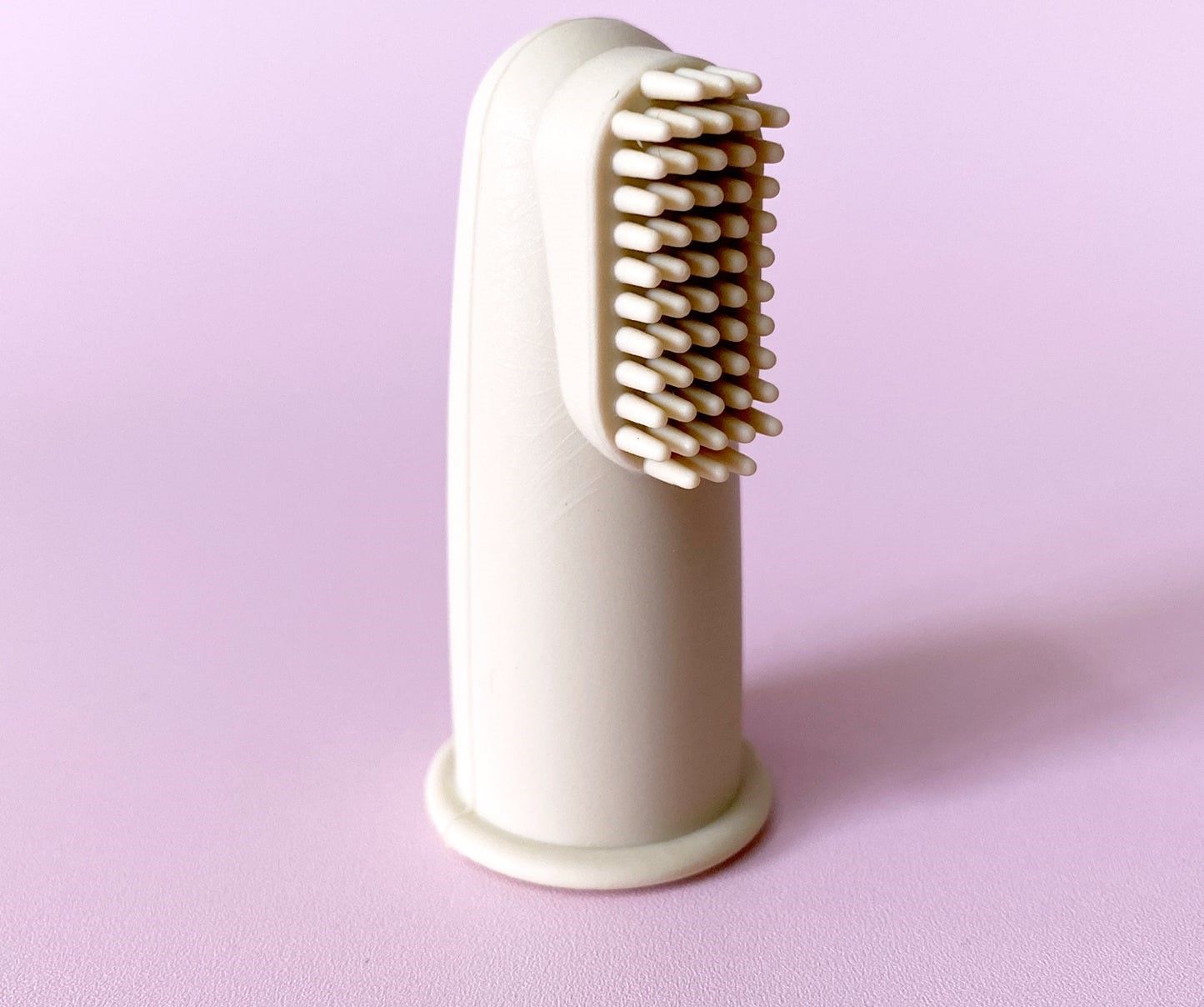




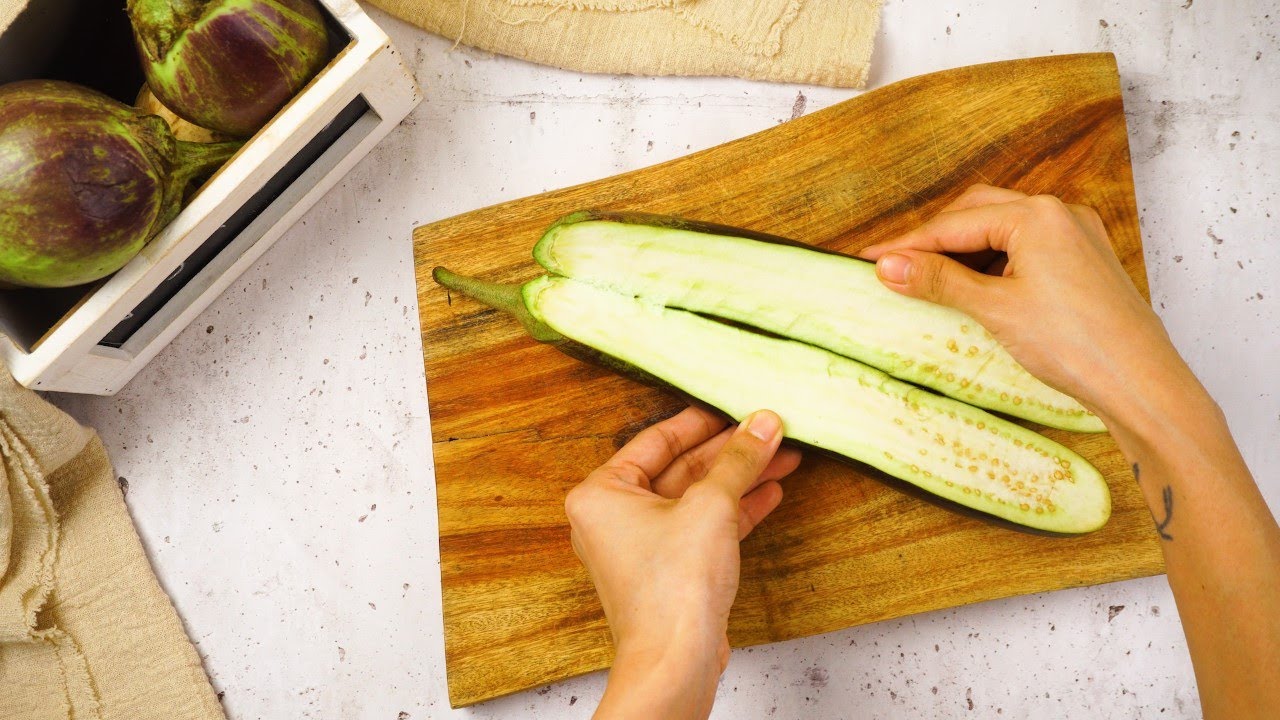
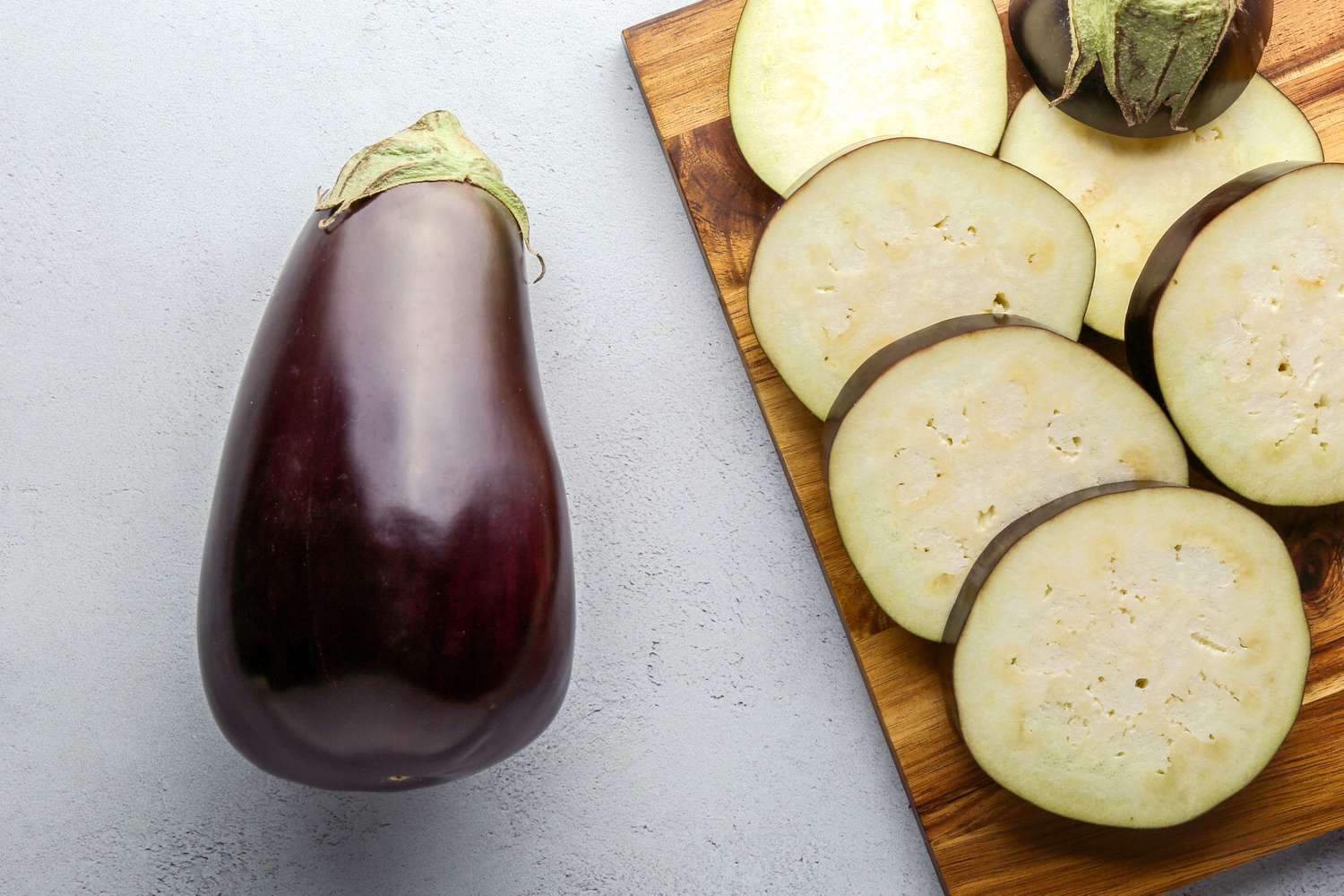
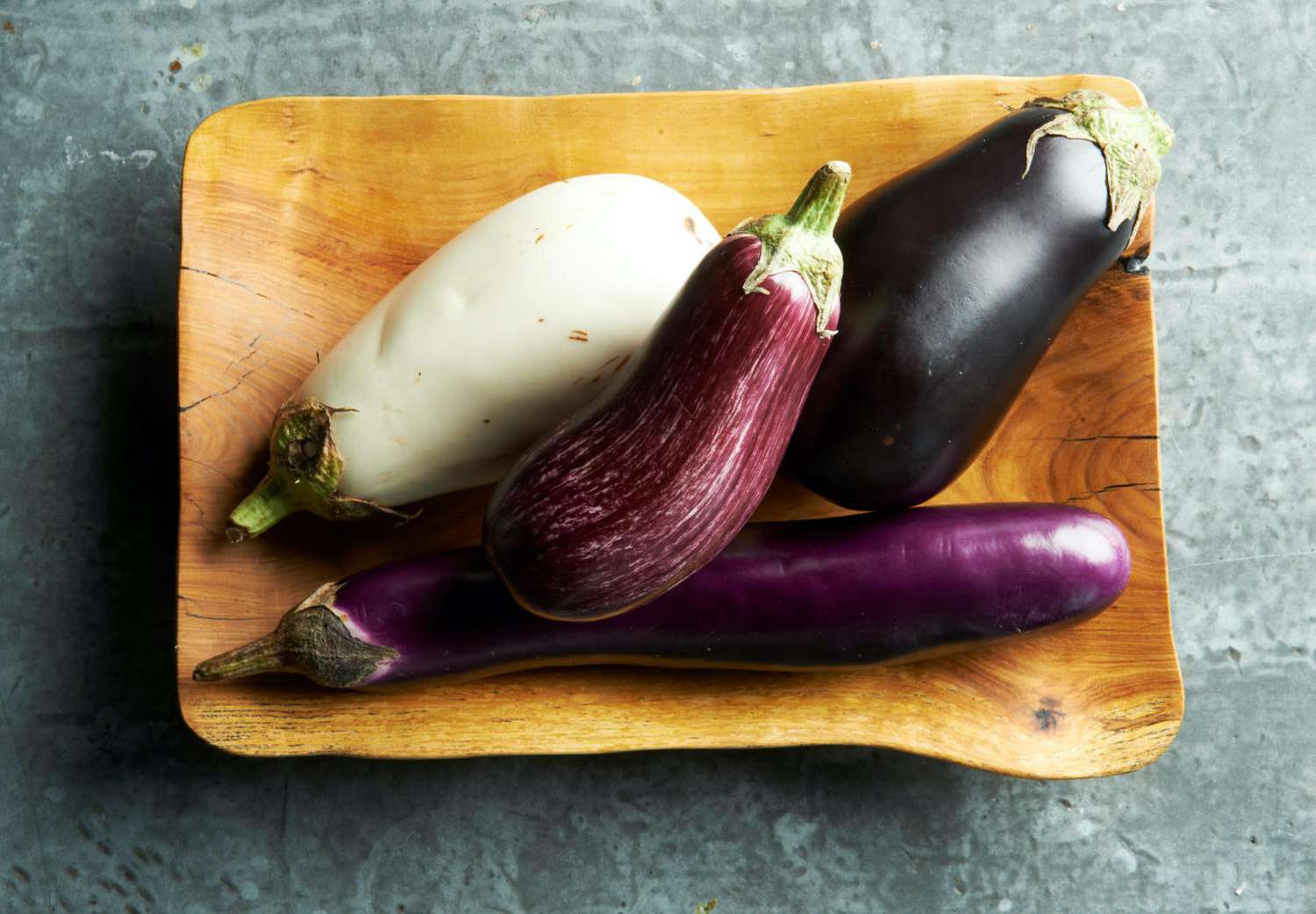
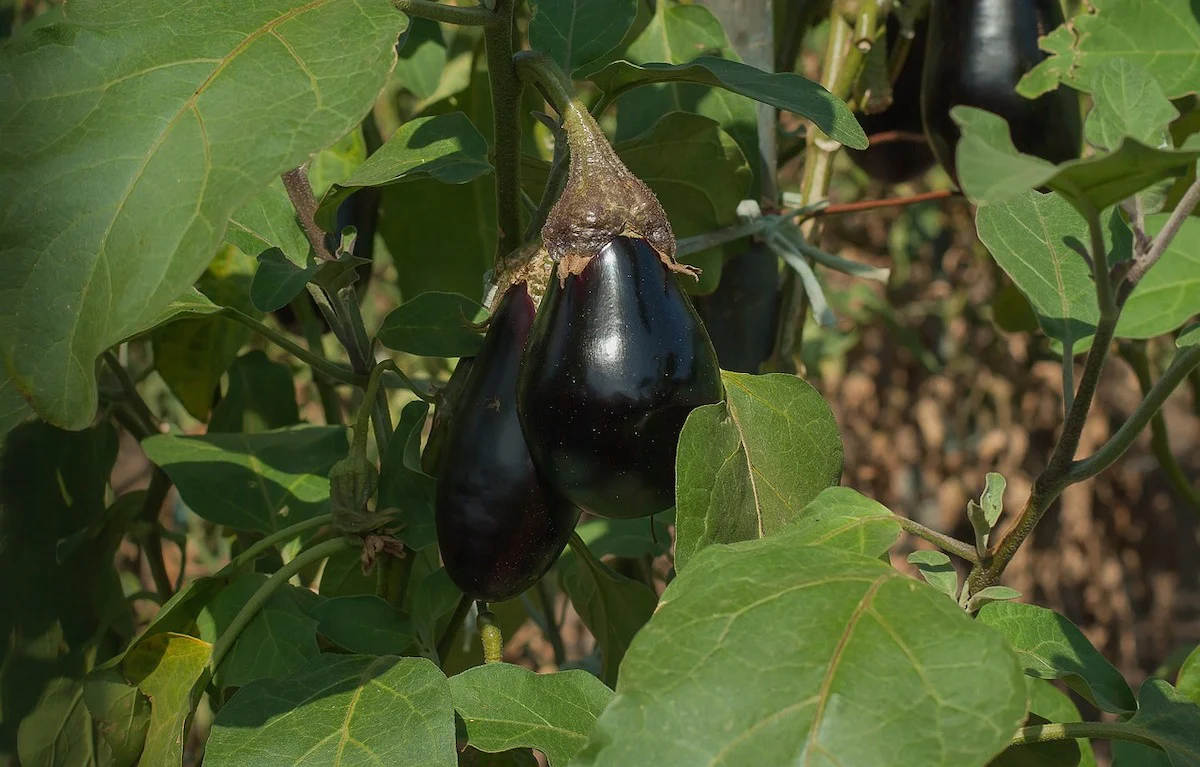
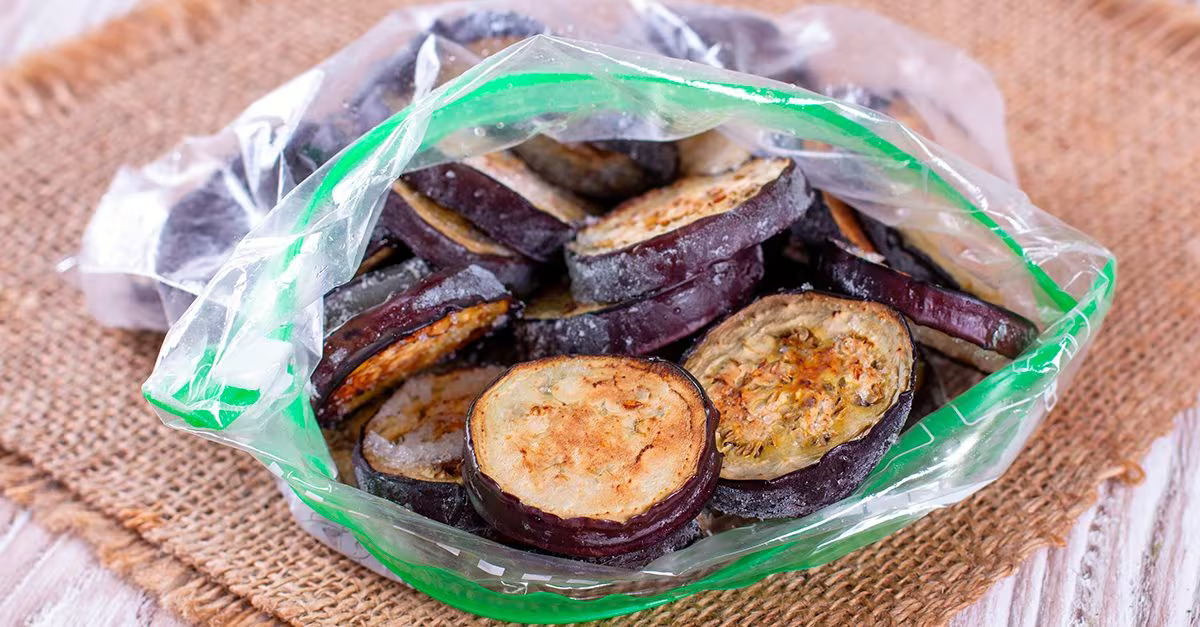

0 thoughts on “When To Pick Patio Baby Eggplant”